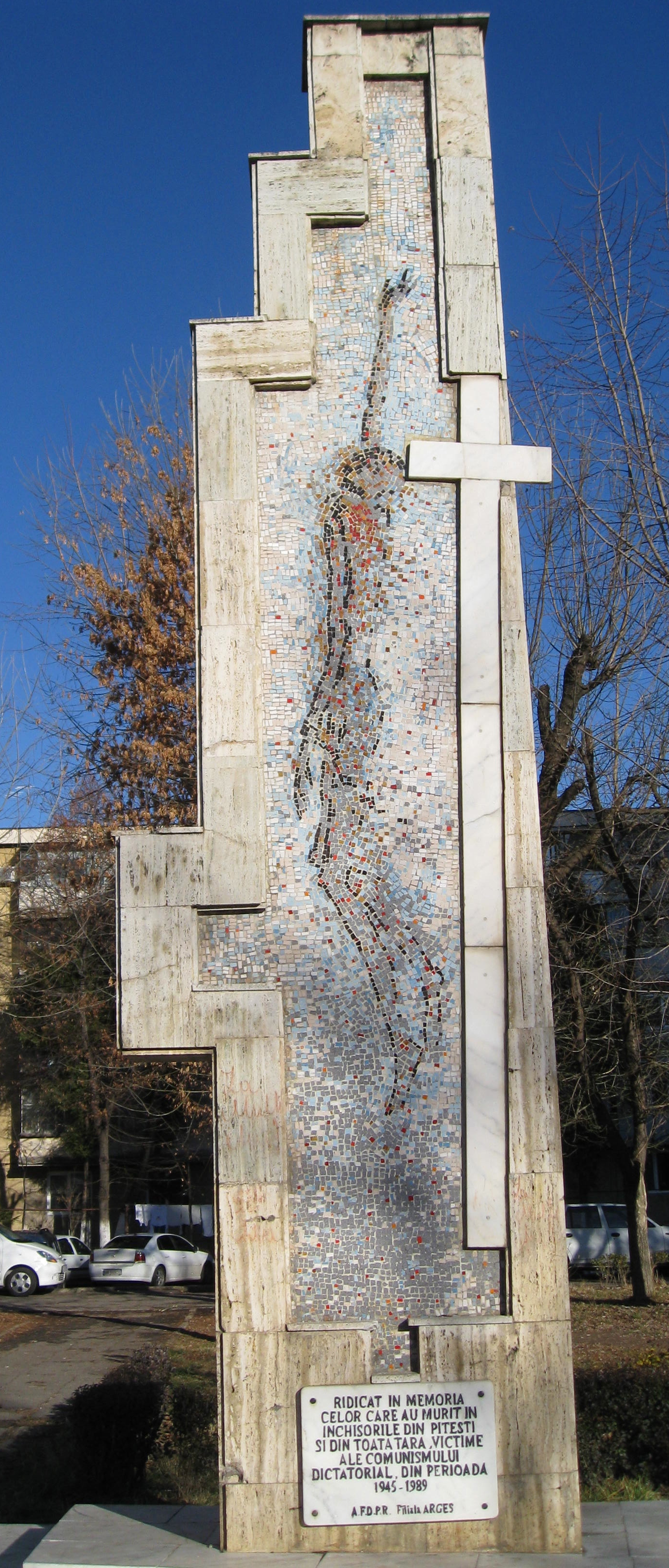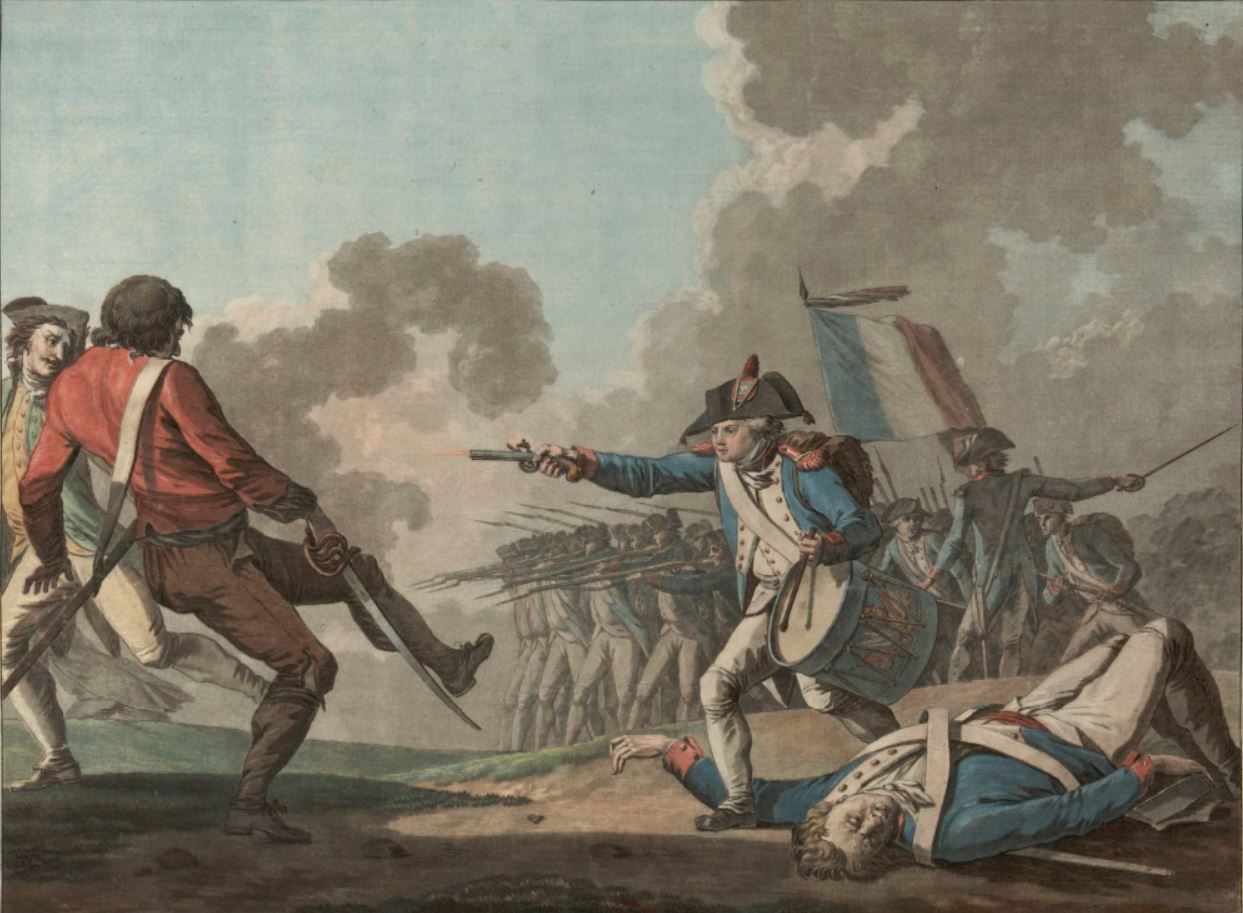|
Târgu Ocna Prison
Târgu Ocna Prison is a prison located in Târgu Ocna, Bacău County, Romania. History Early years In 1851, when Prince of Moldavia, Prince Grigore Alexandru Ghica visited the area, he was impressed by the poor conditions in which detainees worked at the local salt mine, ordering the construction of a new penitentiary. Until completion in 1855, they were housed at his castle. The prison was horseshoe-shaped, with entry through the castle gate. There were twelve rooms, each fitting 25–30 men, for a total of around 350. The administration was on the ground floor, the deposits and chapel on the upper floor, the kitchen and bakery in the basement, staffed by prisoners. During the day, they were escorted to the salt mine, only returning to sleep. From 1851 to 1931, common criminals such as murderers and thieves were held at Târgu Ocna. From 1916 to 1919, during World War I, most detainees were deserters and draft resisters. Members of the banned Romanian Communist Party were brought ... [...More Info...] [...Related Items...] OR: [Wikipedia] [Google] [Baidu] |
Communist Romania
The Socialist Republic of Romania ( ro, Republica Socialistă România, RSR) was a Marxism–Leninism, Marxist–Leninist One-party state, one-party socialist state that existed officially in Romania from 1947 to 1989. From 1947 to 1965, the state was known as the Romanian People's Republic (, RPR). The country was an Eastern Bloc state and a member of the Warsaw Pact with a dominant role for the Romanian Communist Party enshrined in :Template:RomanianConstitutions, its constitutions. Geographically, RSR was bordered by the Black Sea to the east, the Soviet Union (via the Ukrainian Soviet Socialist Republic, Ukrainian and Moldavian Soviet Socialist Republic, Moldavian SSRs) to the north and east, Hungarian People's Republic, Hungary and Socialist Federal Republic of Yugoslavia, Yugoslavia (via Socialist Republic of Serbia, SR Serbia) to the west, and People's Republic of Bulgaria, Bulgaria to the south. As World War II ended, Kingdom of Romania, Romania, a former Axis powers, A ... [...More Info...] [...Related Items...] OR: [Wikipedia] [Google] [Baidu] |
Constantin Tobescu
Constantin Tobescu (January 28, 1893 – December 2, 1951) was a Romanian general of the Gendarmerie (Romania), Romanian Gendarmerie (''Jandarmeria'') during World War II, deserter during the 1944 Romanian coup d'état, King Michael's Coup of August 23, 1944, one of the principal executors of Ion Antonescu's Racial hygiene, racial purity policies. Youth and studies Constantin Tobescu was born in 1893 in the village of Drăgănești-Olt, Comani, Olt County, Kingdom of Romania. In 1911, after completing 7 years of high school, Tobescu enrolled in the Military School for Infantry, which he completed in 1913, being promoted 2nd lieutenant. He immediately took part in the operations of the Second Balkan War. The First World War In 1916, a short time after he had been promoted to the rank of lieutenant, Romania entered World War I on the side of the Allies of World War I, Allies. He was in command of a Company (military unit), Company when he was wounded on September 4, 1916, but r ... [...More Info...] [...Related Items...] OR: [Wikipedia] [Google] [Baidu] |
Pyotr Leshchenko
Pyotr Konstantinovich Leshchenko (russian: Пётр Константинович Лещенко; 2 June 189816 July 1954), a singer in the Russian Empire, and later Romania, is universally considered "the King of Russian Tango" and specifically known for his rendition of "Serdtse (song), Serdtse"—a tango, sung unusually not in Spanish language, Spanish but in Russian language, Russian. Biography He was born in the village of Isayevo, Kherson Governorate (now part of Odessa Oblast, Ukraine) into a poor and illiterate Ukrainian peasant family. During the World War I, First World War, his mother and stepfather moved to Chișinău (Bessarabia Governorate), which was later united with Romania (today's Moldova). He was drafted into the Russian army, and attended an officers college in Kiev. After graduating he was sent to the front, and was wounded soon thereafter, recuperating at a military hospital in Chișinău. He was proficient in numerous languages: Russian, Ukrainian, Rom ... [...More Info...] [...Related Items...] OR: [Wikipedia] [Google] [Baidu] |
Valeriu Gafencu
Valeriu Gafencu (24 January 1921 – 18 February 1952) was a member of the Iron Guard who was active during the Legionnaires' rebellion. Arrested by the state authorities in 1941, he died 11 years later at . He was declared "Saint of the Prisons" by theologian Nicolae Steinhardt for his "exemplary Christian conduct and devotion to those in suffering", and the Romanian Orthodox Church was reportedly considering his canonization in 2013. Biography Gafencu was born in 1921 in Sîngerei, at the time a city in Bessarabia, a region in the northeastern part of the Kingdom of Romania (now in the Republic of Moldova). He attended the Ion Creangă High School in Bălți, where Eugen Coșeriu, Sergiu Grossu, Vadim Pirogan, Ovidiu Creangă, and Valentin Mândâcanu were his classmates. Shortly after he graduated in 1940, the Soviet Union occupied Bessarabia and northern Bukovina; as a result, Gafencu and his family took refuge in Romania. Gafencu was declared an honorary citizen of ... [...More Info...] [...Related Items...] OR: [Wikipedia] [Google] [Baidu] |
Securitate
The Securitate (, Romanian for ''security'') was the popular term for the Departamentul Securității Statului (Department of State Security), the secret police agency of the Socialist Republic of Romania. Previously, before the communist regime, Romanian secret police was called Siguranța Statului. It was founded on 30 August 1948, with help and direction from the Soviet MGB. Following the overthrow of Nicolae Ceaușescu in 1989, the new authorities assigned the various intelligence tasks of the DSS to new institutions. The Securitate was, in proportion to Romania's population, one of the largest secret police forces in the Eastern bloc. The first budget of the Securitate in 1948 stipulated a number of 4,641 positions, of which 3,549 were filled by February 1949: 64% were workers, 4% peasants, 28% clerks, 2% persons of unspecified origin, and 2% intellectuals. By 1951, the Securitate's staff had increased fivefold, while in January 1956, the Securitate had 25,468 employees.Cr ... [...More Info...] [...Related Items...] OR: [Wikipedia] [Google] [Baidu] |
May Day
May Day is a European festival of ancient origins marking the beginning of summer, usually celebrated on 1 May, around halfway between the spring equinox and summer solstice. Festivities may also be held the night before, known as May Eve. Traditions often include gathering wildflowers and green branches, weaving floral garlands, crowning a May Queen (sometimes with a male companion), and setting up a Maypole, May Tree or May Bush, around which people dance. Bonfires are also part of the festival in some regions. Regional varieties and related traditions include Walpurgis Night in central and northern Europe, the Gaelic festival Beltane, the Welsh festival Calan Mai, and May devotions to the Blessed Virgin Mary. It has also been associated with the ancient Roman festival Floralia. In 1889, 1 May was chosen as the date for International Workers' Day by the Second International, to commemorate the Haymarket affair in Chicago and the struggle for an eight-hour working day. ... [...More Info...] [...Related Items...] OR: [Wikipedia] [Google] [Baidu] |
Eugen Țurcanu
Eugen Țurcanu (8 July 1925 – 17 December 1954) was a Romanian criminal who led a group that terrorized their fellow inmates during the late 1940's at Pitești Prison in Pitești, Romania. In a well publicized trial, Turcanu and fifteen of his accomplices were convicted in the deaths of several inmates and executed. As a young man, Turcanu was a local communist official studying for a career in diplomacy. However, in 1948, he went on trial for his involvement with the Iron Guard of the previous regime and was sentenced to seven years in prison. With the tacit approval of the prison administration, Turcanu formed a group of inmates to obtain information and police the ideological beliefs of the prison population, using torture and deadly force when necessary. When his activities became public knowledge in the West, Romanian authorities put Țurcanu on trial in 1954. Biography Early life and Iron Guard Țurcanu was born either in Păltiniș, Dârmoxa (today part of Bro� ... [...More Info...] [...Related Items...] OR: [Wikipedia] [Google] [Baidu] |
Pitești Prison
Pitești Prison ( ro, Închisoarea Pitești) was a penal facility in Pitești, Romania, best remembered for the reeducation experiment (also known as ''Experimentul Pitești'' – the "Pitești Experiment" or ''Fenomenul Pitești'' – the "Pitești Phenomenon") which was carried out between December 1949 and September 1951, during Communist party rule. The experiment, which was implemented by a group of prisoners under the guidance of the prison administration, was designed as an attempt to violently "reeducate" the mostly young political prisoners, who were primarily supporters of the fascist Iron Guard, as well as Zionist members of the Romanian Jewish community. The Romanian People's Republic adhered to a doctrine of state atheism and the inmates who were held at Pitești Prison included religious believers, such as Christian seminarians. According to writer , the experiment's goal was to re-educate prisoners to discard past religious convictions and ideology, and, eventual ... [...More Info...] [...Related Items...] OR: [Wikipedia] [Google] [Baidu] |
Re-education In Communist Romania
Re-education in Romanian communist prisons was a series of processes initiated after the establishment of the communist regime at the end of World War II that targeted people who were considered hostile to the Romanian Communist Party, primarily members of the fascist Iron Guard, as well as other political prisoners, both from established prisons and from labor camps. The purpose of the process was the indoctrination of the hostile elements with the Marxist–Leninist ideology, that would lead to the crushing of any active or passive resistance movement. Reeducation was either non-violent – e.g., via communist propaganda – or violent, as it was done at the Pitești and Gherla prisons. Theoretical background Philosopher Mircea Stănescu claimed that the theoretical foundation for the communist version of the reeducation process was provided by the principles defined by Anton Semioniovici Makarenko, a Russian educator born in Ukraine in 1888. This claim was disputed by h ... [...More Info...] [...Related Items...] OR: [Wikipedia] [Google] [Baidu] |
Richard Wurmbrand
Richard Wurmbrand, also known as Nicolai Ionescu (24 March 1909 – 17 February 2001) was a Romanian Evangelical Lutheran priest, and professor of Jewish descent. In 1948, having become a Christian ten years before, he publicly said Communism and Christianity were incompatible. Wurmbrand preached at bomb shelters and rescued Jews during World War II. As a result, he experienced imprisonment and torture by the then-Communist regime of Romania, which maintained a policy of state atheism. After serving a total of fourteen years, he was ransomed for $10,000. His colleagues in Romania urged him to leave the country and work for religious freedom from a location less personally dangerous. After spending time in Norway and England, he and his wife Sabina, who had also been imprisoned, emigrated to America and dedicated the rest of their lives to publicizing and helping Christians who are persecuted for their beliefs. He wrote more than 18 books, the most widely known being ''Tortured f ... [...More Info...] [...Related Items...] OR: [Wikipedia] [Google] [Baidu] |
Counter-revolutionary
A counter-revolutionary or an anti-revolutionary is anyone who opposes or resists a revolution, particularly one who acts after a revolution in order to try to overturn it or reverse its course, in full or in part. The adjective "counter-revolutionary" pertains to movements that would restore the state of affairs, or the principles, that prevailed during a prerevolutionary era. Definition A counter-revolution is opposition or resistance to a revolutionary movement. It can refer to attempts to defeat a revolutionary movement before it takes power, as well as attempts to restore the old regime after a successful revolution. Europe France The word "counter-revolutionary" originally referred to thinkers who opposed themselves to the 1789 French Revolution, such as Joseph de Maistre, Louis de Bonald or, later, Charles Maurras, the founder of the ''Action française'' monarchist movement. More recently, it has been used in France to describe political movements that reject the lega ... [...More Info...] [...Related Items...] OR: [Wikipedia] [Google] [Baidu] |

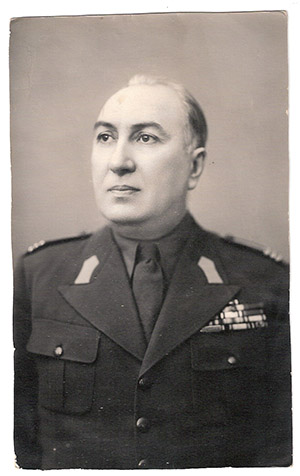
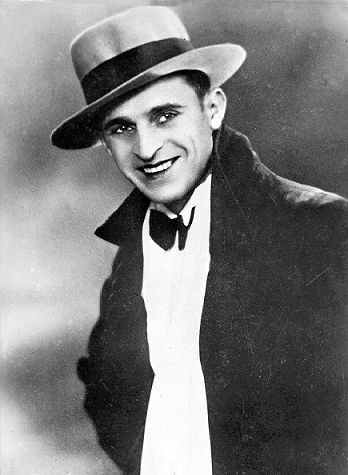
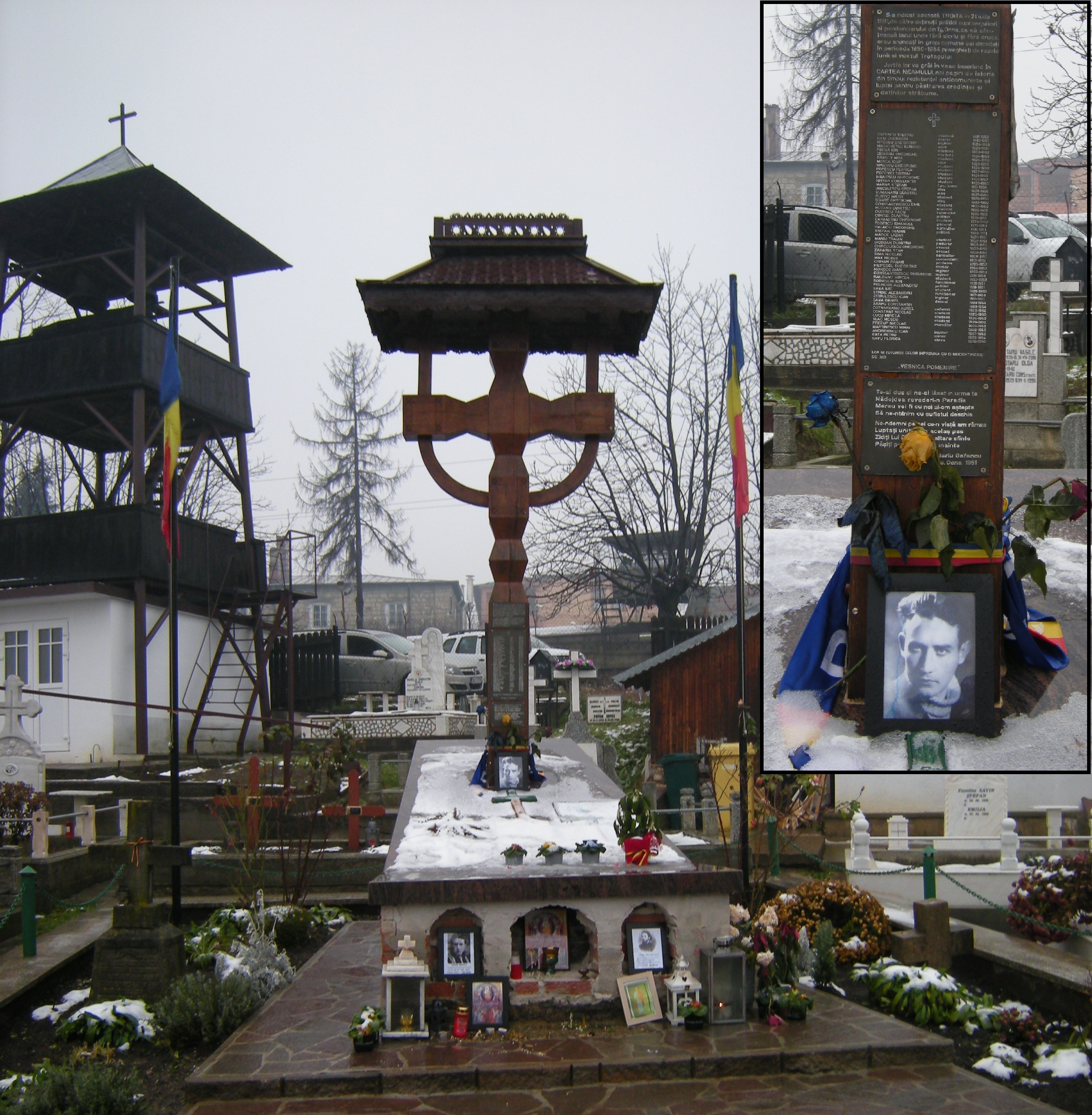
.png)
_by_Antonio_Reyna_Manescau.jpg)
